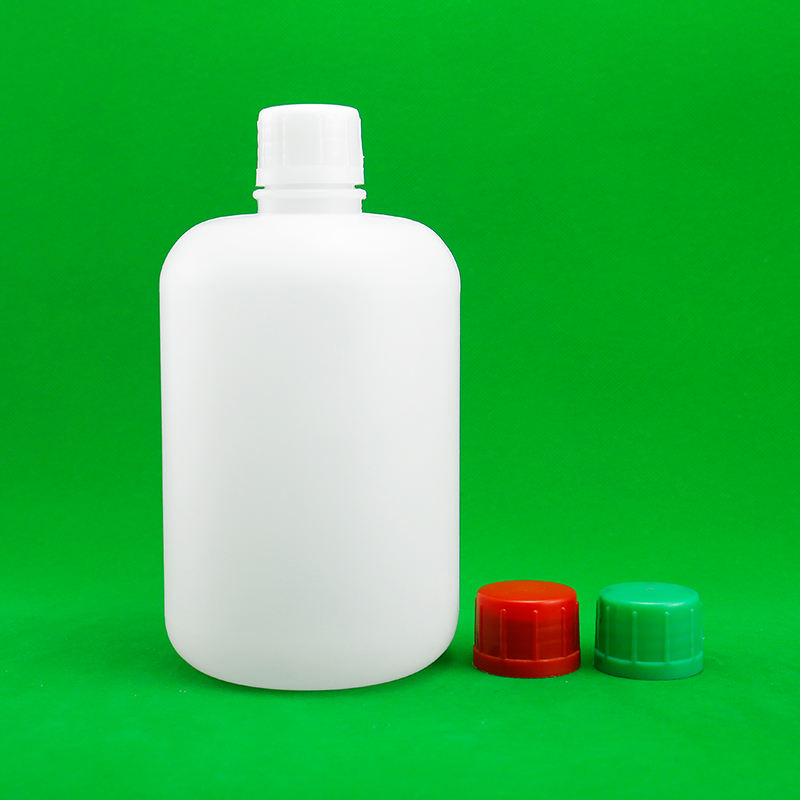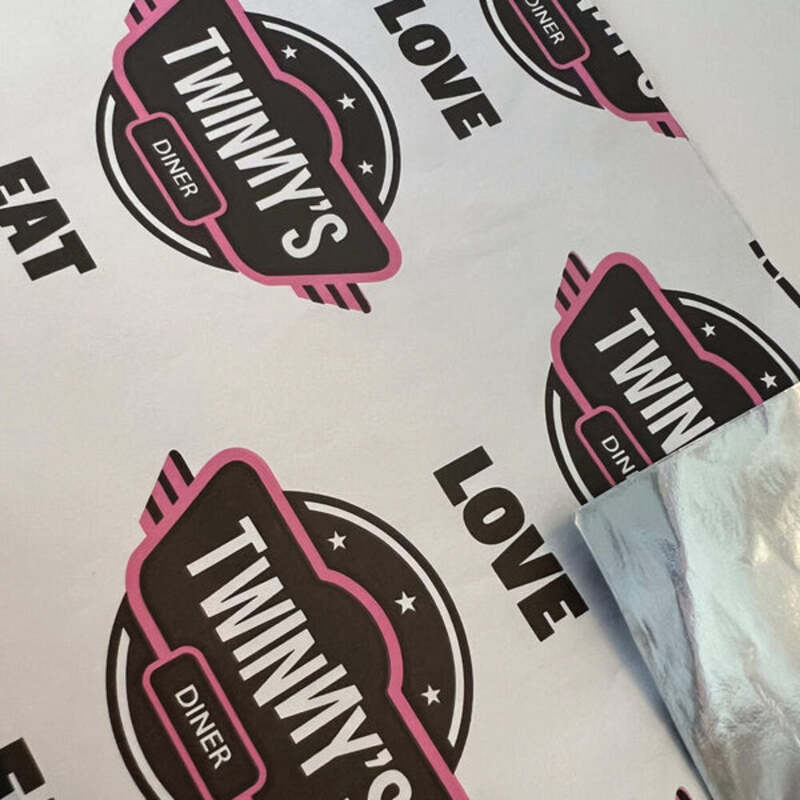In the realm of artistic presentations, the backing board serves as an unsung hero, offering essential support and stability to a wide variety of framed artworks and prints. These boards, constructed from materials like foam core, cardboard, and even wood, play a crucial role in ensuring the integrity and longevity of the pieces they support. For artists, collectors, and curators alike, understanding the nuances of backing boards can significantly impact the preservation and presentation of art.

Backing boards are instrumental in maintaining the flatness of artworks and prints, preventing issues like warping and wrinkling that can detract from their visual appeal. For those invested in preserving the condition of their collections, investing in high-quality, acid-free backing boards is essential. Such boards prevent acidic materials from leaching into the art, which can cause discoloration and deterioration over time. Using acid-free materials enhances the artwork's life span, making it a wise choice for anyone serious about preserving fine art. From a practical standpoint, foam core backing boards are highly favored due to their lightweight nature and versatility. They can be easily tailored to fit various frame sizes, making them ideal for artists who frequently update their exhibits or those who sell their creations. However, the choice of backing board should reflect the specific needs of the artwork. For instance, more delicate or heavier pieces might require sturdier support such as MDF (medium-density fiberboard) to keep them secure.

For photography enthusiasts, ultraviolet (UV) protective backing boards offer a double advantage by not only providing support but also shielding prints from harmful UV rays that can cause fading. Employing UV-protective boards ensures that photographs maintain their vibrancy and contrast even when exposed to light over extended periods.backing board
Moreover, the installation process of backing boards contributes significantly to their effectiveness in art preservation. Ensuring a snug fit within the frame prevents moisture and airborne contaminants from infiltrating the artwork. This is where expertise and precision come into play—incorrectly installed backing can inadvertently introduce gaps that compromise the art.
Trustworthy suppliers and manufacturers are vital in obtaining high-quality backing boards. Organizations with a longstanding presence in the market often adhere to stringent production standards, ensuring their products are safe for use with valuable artworks. Experts recommend consulting with professional framers, who possess the experience and knowledge to advise on the appropriate backing board material depending on the artwork's medium, size, and value.
In conclusion, the significance of backing boards extends beyond mere physical support; they embody a crucial element of art conservation, safeguarding cherished pieces from damage and decay. Whether you are an artist seeking to present your work professionally or a collector keen on preserving your investment, understanding and utilizing the best backing board for each piece is an indispensable part of your approach. Investing in the right materials not only reflects the care and respect for the artwork but also enhances its presentation, ensuring that it can be admired in its full glory for years to come.



